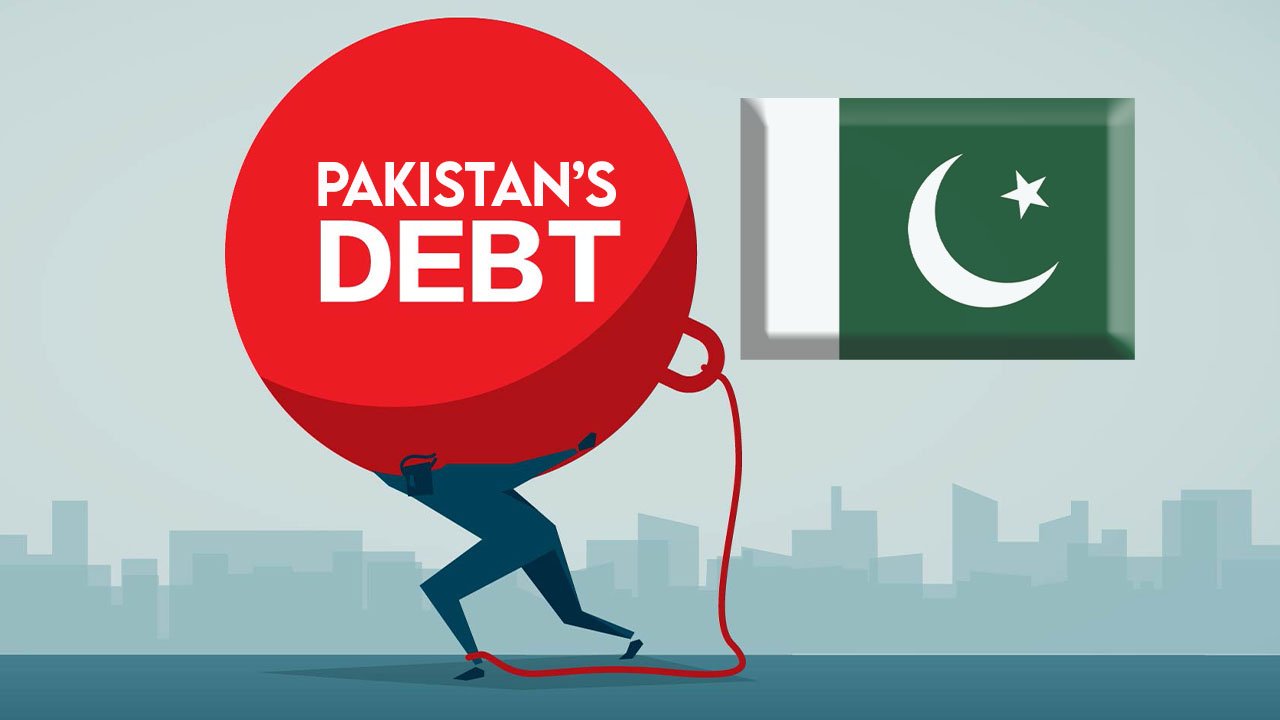Pakistan’s government incurred an additional debt of Rs276.55 billion during the week ending April 26, 2024, according to the State Bank of Pakistan’s weekly report.
This brings the total net borrowing for the current fiscal year to a staggering Rs4.78 trillion, underscoring a trend of elevated borrowings compared to previous years.
The government sector’s borrowings are categorised into three main segments: budgetary support, commodity operations, and others.
During the latest week, the bulk of the borrowing went towards budgetary support, which accounted for Rs230.84 billion.
Meanwhile, commodity operations contributed Rs45.76 billion to the debt increase, while the “others” category saw a retirement of Rs54.82 million.
Looking at the cumulative figures for the ongoing fiscal year, budgetary support borrowings have now reached Rs5.07 trillion, with commodity operations showing a net retirement of Rs283.57 billion, and others indicating a net retirement of Rs2.64 billion.
The government’s financing primarily comes from two sources: the State Bank of Pakistan (SBP) and scheduled banks.
This fiscal year, the government has paid off a net sum of Rs735.22 billion to the SBP, with the Federal Government contributing Rs425.15 billion to the total.
Provincial governments collectively retired Rs294.54 billion, while the governments of Azad Jammu and Kashmir (AJK) and Gilgit-Baltistan (GB) retired Rs17.89 billion and borrowed Rs2.36 billion, respectively.
In contrast, scheduled banks have lent out a net total of Rs5.8 trillion. Of this amount, the federal government borrowed Rs5.96 trillion, while the provincial governments retired Rs159.99 billion.
These figures point to the government’s continued reliance on borrowing to manage fiscal operations.
Analysts are concerned about the sustainability of this trend, suggesting that it could pose risks to the country’s economic stability if not carefully managed.







